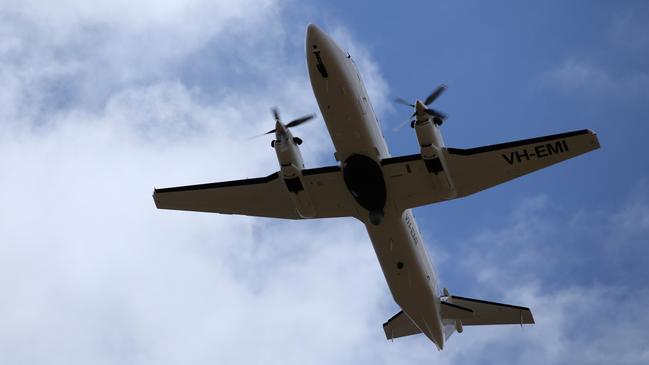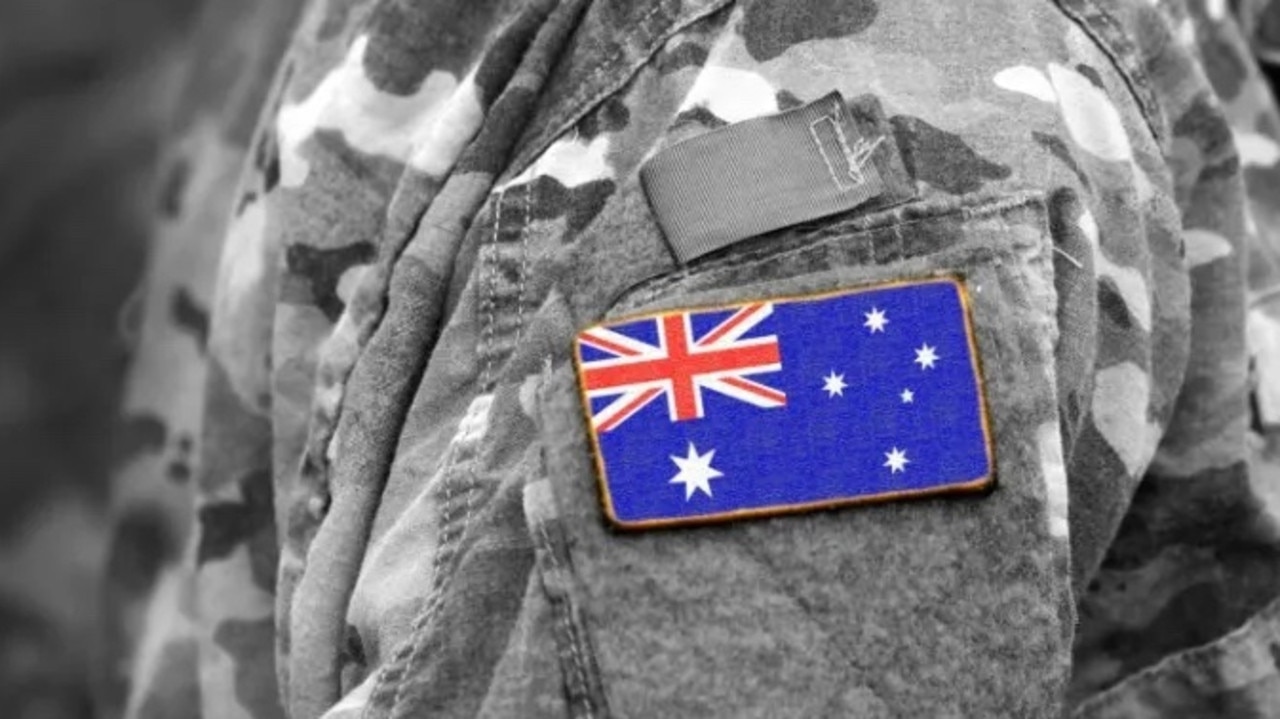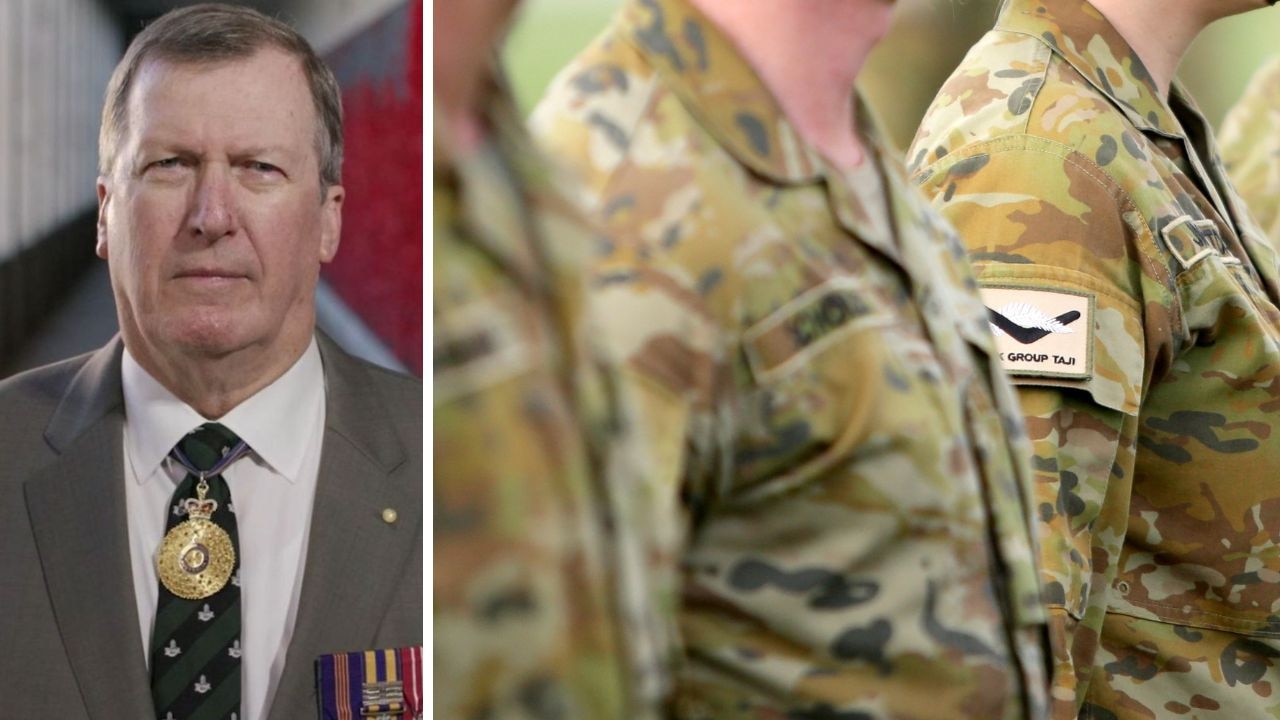Supercomputing helps test helicopters, subs and smoke vision
The Department of Defence’s will use supercomputers to stress-test its most expensive and sophisticated equipment.

In a new hi-tech laboratory in Adelaide, Defence, Science and Technology, the Department of Defence’s R&D division, will use supercomputers to stress-test its most expensive and sophisticated equipment in virtual re-creations of real-world environments.
It may sound like something out of a sci-fi novel but work at the new $68.8m High Performance Computing Centre could have life-or-death implications for jet fighter and helicopter pilots; sailors and submariners; and soldiers in armoured, all-terrain vehicles.
Supercomputing at the HPCC will be used to determine safe operating envelopes for helicopters at sea and to assess the impact of real-world stress on airframes, ships and vehicles.
For example, supercomputing can enable scientists and researchers to model the flow of water across a submarine fin or wind over a helicopter blade.
In an era dominated by the kind of assets set out in the 2016 Defence White Paper that includes future frigates, future submarines, combat reconnaissance vehicles and air combat capability, the HPCC will give Defence the ability to virtually test future assets as part of their development. This virtual testing will further enhance Defence’s already robust acquisition processes and help make sure those assets suit Austalia’s particular defence requirements.
In the HPCC’s state-of-the-art “visualisation” suites, auditoriums, training rooms and laboratory facilities, Defence personnel work with industry and academic partners to analyse vast amounts of computational data.
Supercomputing can be used to test and validate interoperability between different systems, and computer models can predict the performance of new weapons systems on existing aircraft.
To enhance the capability of Australian submarines, it is possible to model the flow of water across their hulls, fins and propulsion systems using computational fluid dynamics.
Such research will assist in the development and validation of submarine designs to meet Australia’s unique operating requirements.
Technology has radically transformed the national security environment. New threats have emerged from disruptive technology such as adversaries capable of technologies powered byArtificial Intelligence.
These new hi-tech challenges require hi-tech responses. The HPCC also will focus on developing defences to emerging threats in possible future war or future conflict scenarios.
These advances in high-performance computing are not the only groundbreaking work being done by the DST. For example, the remarkable Defence Experimentation Airborne Platform, which has the potential to revolutionise disaster relief operations in Australia.
On February 3, during a devastating bushfire season, researchers from DST’s Intelligence, Surveillance and Space Division took flight over Kangaroo Island in an aircraft specifically modified with a set of highly advanced cameras.
Their aim was to assist the Australian Defence Force and fire service personnel engaged in Operation Bushfire Assist by providing near real-time information from their vantage point in the sky.
The aircraft was a retrofitted twin-propeller Beech 1900C equipped with the wide area motion imagery system known as Angel Fire. DEAP’s sensor payload can be configured to suit specific mission requirements.
This joint mission proved that technology can be highly effective in bushfire relief missions, especially for detecting hot spots and fire fronts, vital information that can be passed directly to firefighters on the ground in real time to make the efforts more targeted and effective.
The Angel Fire technology in DEAP also demonstrated significant potential for damage assessment. DST scientists now are developing a version of Angel Fire with infra-red capability that would allow the aircraft to operate at night and to “see” through smoke.
This promises to greatly increase the capability to conduct surveillance missions during bushfires and support bushfire operations on the ground.
Operation Bushfire Assist was the first time this technology had been used in Australia.
The DEAP and the surveillance technology demonstrated significant potential to be further developed and integrated not only into future bushfire missions but also other emergency scenarios such as floods and cyclones.
The HPCC and the DEAP are just two examples of the way in which DST is helping to shape a future-oriented Defence Force in Australia.
With these developments, DST science and research are pushing the boundaries of defence capabilities.


